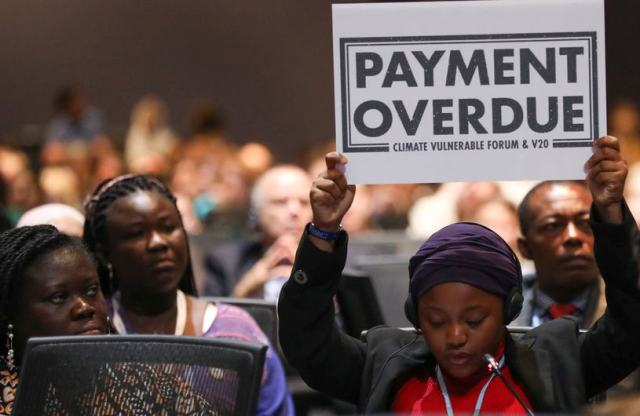The 2022 United Nations Climate Change Conference (COP27) focused on implementing existing pledges rather than adopting stricter global emissions reduction targets, Moody’s said.
Aside from a broadly worded agreement to establish a loss and damage fund for poor countries most vulnerable to climate change, there was a lack of new major pledges.
Initiatives announced at the climate summit to make progress on existing commitments will increase carbon transition risk for certain highly exposed sectors. Mobilizing climate finance for emerging markets, such as through loss and damage financing and ramping up investment in adaptation and resilience measures, also took center stage.
Without significant and effective adaptation, emerging market sovereigns will face significant economic and fiscal losses stemming from climate change. The ultimate credit impact of the announcements made at the summit will be determined by how and when policymakers and market participants translate them into action.
Although participating countries had committed to revisiting their emissions reduction pledges after last year’s UN climate summit (COP26), only five countries – Australia, Norway, Singapore, United Arab Emirates and Thailand – strengthened their targets in advance of this year’s conference. The summit’s final cover text also excluded a commitment to phasing out all fossil fuels.
As a result, global commitments remain well short of what will be needed to limit global warming to 1.5 degrees Celsius above preindustrial levels. Given the large gap between existing commitments and stated policies, any meaningful progress on pledges will increase credit pressures on sectors and entities with high inherent exposure to carbon transition risk.
For example, implementation of the Global Methane Pledge to reduce methane missions by 30% by 2030, is likely to raise compliance and operating costs for oil and gas companies. Similarly, the US and Norway’s launch during COP27 of a Green Shipping Challenge to reduce greenhouse gas emissions in the shipping industry could increase policy and market risks for companies in the sector.
At the same time, a number of new initiatives could help accelerate technological innovation and reduce decarbonization costs for companies in high-emitting sectors. For example, the First Movers coalition announced $12 billion in purchase commitments by 2030 to help create early markets for low-carbon technologies across eight hard-to-abate sectors, such as cement and steel. These efforts complement public sector initiatives under the so-called Breakthrough Agenda, through which governments representing more than 70% of global GDP have agreed to make low-carbon technologies, such as hydrogen, more affordable.
Meanwhile, 86 asset managers announced new initial targets under the Net Zero Asset Managers initiative, increasing the total number of asset managers with net zero targets to 291, representing more than $66 trillion in assets under management. As more financial institutions and nonfinancial companies start to implement net zero targets, companies with high exposure to transition risks that do not lay out credible targets and transition plans will risk seeing their cost of capital rise and demand for goods and services fall. This trend could accelerate as disclosure requirements take effect in major jurisdictions and data availability improves.
Coalitions focusing on data availability, transparency and accessibility continued to drive efforts at COP27 to improve and standardize disclosures. For example, the UN-backed service provider body Future of Sustainable Data Alliance released a report identifying data points most critical to corporate and sovereign sustainability disclosure and analysis.
How to mobilize climate finance for emerging markets and the most climate-vulnerable countries was a central theme of this year’s conference. Action on adaptation will become a credit-differentiating factor for sovereigns most exposed to the adverse effects of climate change given that extreme weather events will become more frequent and severe under the most optimistic climate pathways.
However, many emerging markets face challenges in developing effective plans and securing funding. Advanced economies have fallen at least $17 billion short of their 2015 pledge to provide $100 billion in climate financing for emerging markets by 2020, according to the UN’s Adaptation Gap Report 2022.
A new UN-commissioned report estimates annual investment needs for mitigation and adaptation of $1 trillion by 2030 for emerging markets and developing countries other than China, highlighting that commitments to date represent a fraction of the need. The concept of loss and damage funding – financial assistance to low-income countries facing climate change-induced natural disasters today by advanced economies responsible for carbon emissions in the past – featured prominently at the summit.
While participants reached a broad agreement to establish a loss and damage fund for the most vulnerable countries, the details of how it will be funded and how it will operate have yet to be determined. As such, we do not expect the fund to provide meaningful support to the most exposed countries in the near-term, Moody’s said.

